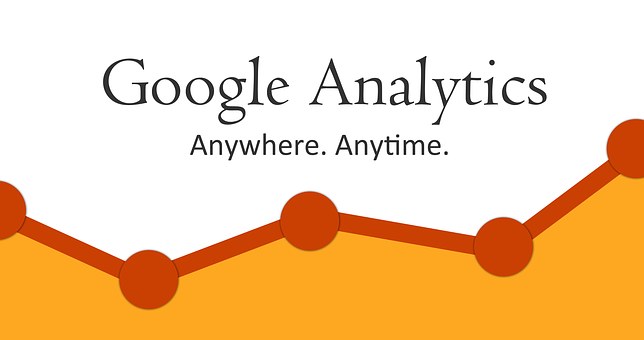Co-located with Text Analytics World and the eMetrics Summit, this year’s Predictive Analytics World was an action packed event in the heart of San Francisco. With so much going on, it could be an exhausting, but rewarding way to learn from the world’s best practitioners. This is what I took away from the two-day summit.
Predictive analytics is starting to meet its promise
In general, it seemed that the reality of predictive analytics is starting to meet its promise. Businesses are finally starting to marry more data from both first- and third-party sources in more advanced applications that generate greater ROI. For example uplift modeling, which goes beyond predicting consumer response (e.g. Is this specific person likely to purchase a product) to quantifying the difference that a specific marketing action will have on a consumer (Will this person be more likely to purchase a product if I send them a promotion or are they likely to purchase anyway).
Data sourcing issues are coming to the forefront
As companies look to create a more complete picture of their customers, they’re combining greater amounts of first-party and third-party data to mine for insights, construct personas and enhance their segmentation.
Unfortunately, based on the conversations and session I participated in, it seems they’re struggling to find high-quality sources of third-party data, which ultimately limits the effectiveness of their models, as evidenced by this recent WSJ article. The methods that some data providers use to collect and assemble data are far from transparent, which makes it difficult to gauge their quality and assess if they might be effective.
This, coupled with concerns about privacy-compliance and proper license to data means brands and marketers are starting to ask more questions about how data is collected and how third-party audiences and segments are constructed.
Data customers want more value
To gain deeper insights in a shorter time-frame, many of the analysts who attended PAW are looking for more processed data sources, such as segment membership, R/F counters, keyword matches and calculated value to augment first party raw data sets.
To make these elements easier to interrogate and mine for insights, analysts want these actionable insights to be automatically layered into batch or near real-time data feeds, all tied to specific IDs, that flow into the customer’s analytics platform of choice.
There’s still a gap in the platform market
One recurring topic of conversation was the difficulty in managing current analytics tools. From the conversations I had, it seems there is still a need for a platform that not only provides access to high-quality third-party data, but also supports easy linkage of this data to the analysts’ own first party data sets. This simple, but powerful platform would be available for a low, fixed, and predictable fee structure and free to use for data discovery.
While there are many qualified and competing entries in this space, the landscape is littered with partial solutions. In fact, one recent survey by the IAB found that many organizations use upwards of 12 different systems to manage their data.
So it seems that the predictive analytics industry is continuing to build momentum, however there are still some challenges to be met. Developments like Data-as-a-Service and data clouds may offer some answers, such as greater access and transparency, but will this be in time for next year’s conference?
Did you attend this year’s conference? What were your takeaways?
About the author: Keith Fagan is the Senior Vice President & General Manager of Data Solutions at sovrn Holdings, Inc., where he is responsible for defining and creating custom and proprietary branded audience and content data segments. Prior to sovrn, Keith held the same role at Federated Media Publishing. Keith is a 20-year veteran in multi-channel marketing specializing in business development, sales and sales management, strategic planning and budgeting, customer acquisition and retention, and market analysis. Prior to Federated Media, Keith was Head of New Initiatives at Datalogix, Inc. Before that he spent almost 15 years in various sales, marketing and client services roles at Epsilon Targeting, a division of Alliance Data, and Abacus, a division of DoubleClick Inc. that was acquired by Alliance Data in 2008. Contact him via email kfagan@sovrn.com

The data analytics of substance abuse & treatment
The...









![7 data-driven ways to optimize your online store for mobile [Infographic]](https://crayondata.ai/wp-content/uploads/2019/11/optimize-1.jpg)


![Top tips and tricks to improving your customer experience [Infographic]](https://crayondata.ai/wp-content/uploads/2019/01/customer-journey-1.jpg)









